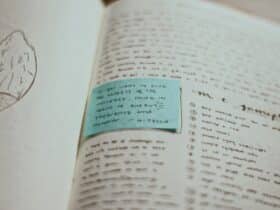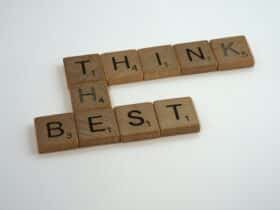Post written by Albert from Headspace.
Most of us feel that we work too hard and that we don’t have enough breaks during our working day. The time between 8am and 7pm is a blur that only ends when we unlock the front door at night.

We generally give time pressure as the main reason for the stress in our work day. But a lack of time is not the only reason. Most of us simply do not know how to take a lunch or coffee break.
When we do have a little time, we end up scrolling through emails with coffee cup in hand, talking about work with colleagues or playing computer games. Often we even drift back into work without realizing it. Yes, we are often dragged back to work by ourselves, not by the boss.
Where to start?
Taking quality breaks is good for company productivity as well as your heart and soul. (Click here to see some research)
Reminding yourself that taking good breaks will make money and save you from a heart attack will no doubt motivate you to start changing the way you work.
As a first step, take the 2×2 test.Try two of the techniques described below for two days. Afterwards, leave a comment about your experiences or email me at [email protected]. We’d love to hear about your experiences with this.
Do nothing
The best way to take a break is to do absolutely nothing. Don’t think about what you are going to do next. Don’t sit and stew about what your boss just said. Don’t check emails or take calls or even read the newspaper. If you find doing nothing hard to do, use some of the following techniques.
Variety, variety, variety
To get rest during work breaks, do something different. If you are glued to a computer, move around. If you are a waitron, sit down for a while. If you are a manual laborer, read something. If you are an academic, do something physical.
At least get away from your computer screen. Leave your cubicle if you can. Getting out of your building would be even better. This is easier done than said. A simple walk to the water fountain or a walk downstairs to buy the newspaper may do the trick.
Draw the line
Do not mix work and breaks. Clearly marking the beginning and end of a break will help you take a break in the first place. It will also ensure that you do not float back into work without realizing.
Designate a few minutes for a break set the alarm on your mobile phone to mark its beginning and end. Many of the techniques described here only take a minute or two.
Avoid discussing work with colleagues during this time. If you can, don’t take or make phone calls. When you do work during breaks, it stops being a break and starts becoming part of the work day blur.
Move
Most people are sedentary at work, so movement gives a break. Take a walk, do a few stretches (check out this nicely illustrated 3 minute stretching routine or simply check your posture.
Breathe
Breathing deeply reduces stress. Simply close your eyes and breathe in through your nose and out through your mouth. Doing this 3 or 4 times is surprisingly calming.
Look
Your eyes need rest too. Closing your eyes for a minute or two is a surefire break.Looking at something calming like a plant, a garden or even just the clouds can also bring you back into the zone. If all else fails, have a look at the photo gallery of the Cloud Appreciation Society.
Listen
Close your eyes for a few moments and listen to the sounds around you. If your mind is too busy to do this, try and concentrate on one of the sounds. My loud old air-conditioner is very useful for this exercise.
Or hook up your MP3 player. Listen to whatever works for you, but in the end Mozart and John Coltrane may be more calming than Sepultura or Cannibal Corpse.
Take Micro-breaks
Micro-breaks can be taken at any time of the day. Many of the techniques discussed here can be applied without taking a formal break.
Take calls on your balcony. Try micro-napping by closing your eyes for a few seconds during meetings – if asked, tell them you were trying to listen carefully.
You could also try printing out your work to proofread it rather than proofing from your monitor. Walk over to your colleagues rather than phoning or emailing them. Or just stare at the clouds when you are sucked into another interminable conference call.
Albert’s blog provides weird, insightful and funny bits that allow you to protect and enhance your Headspace. Check it out or subscribe to his feed.


















